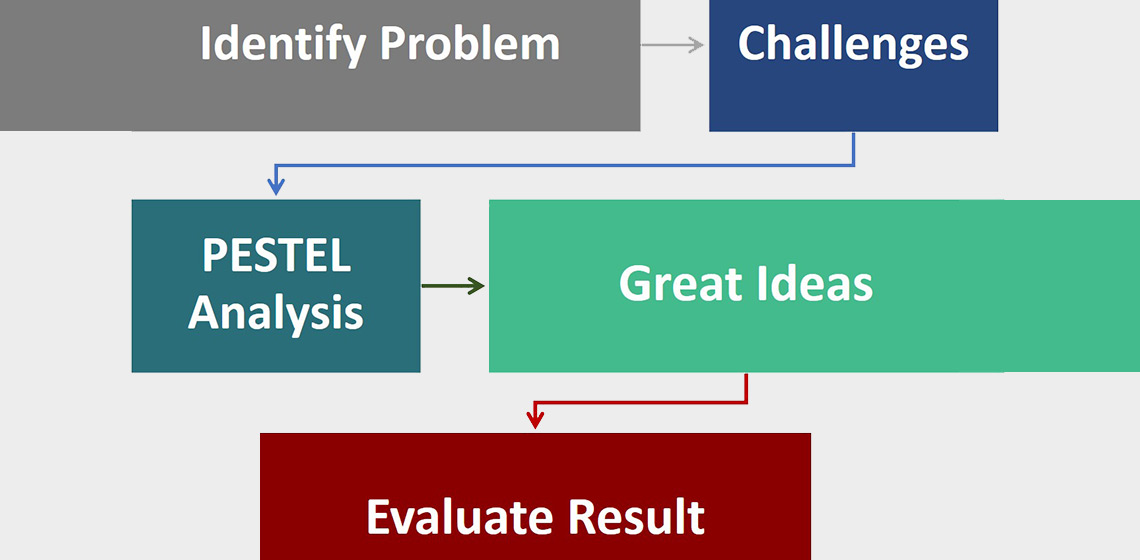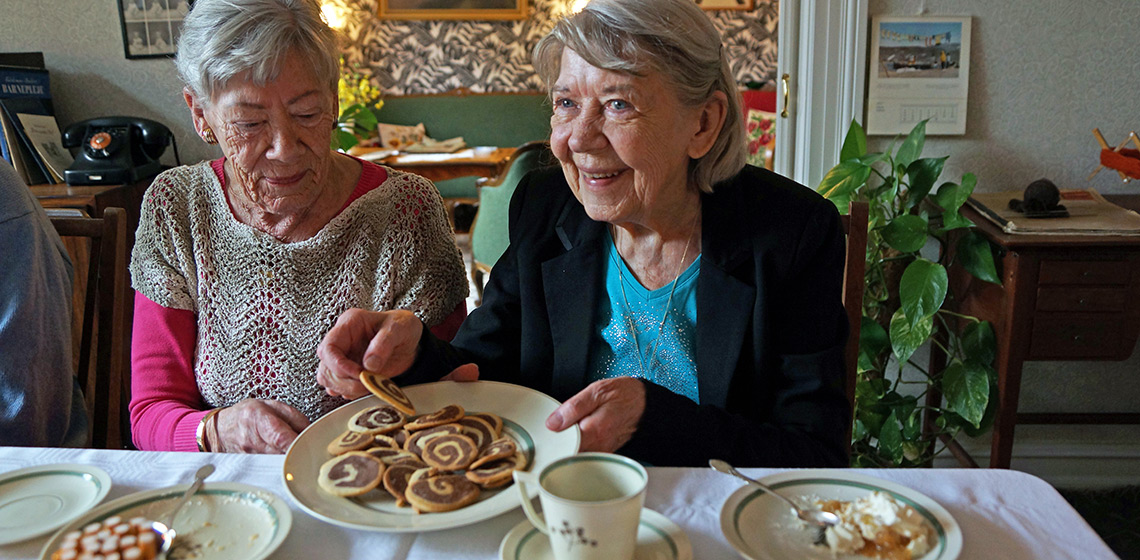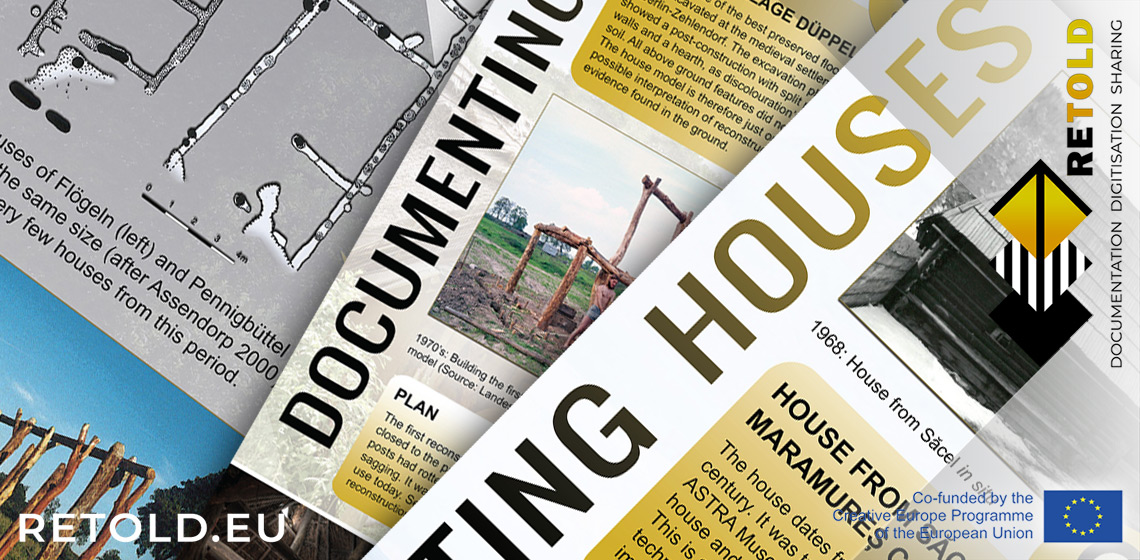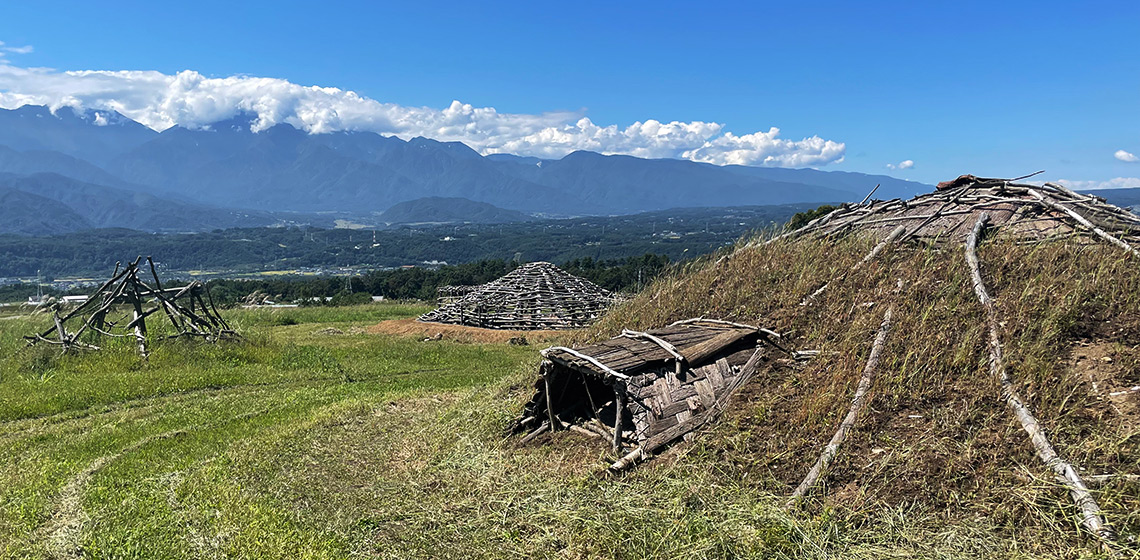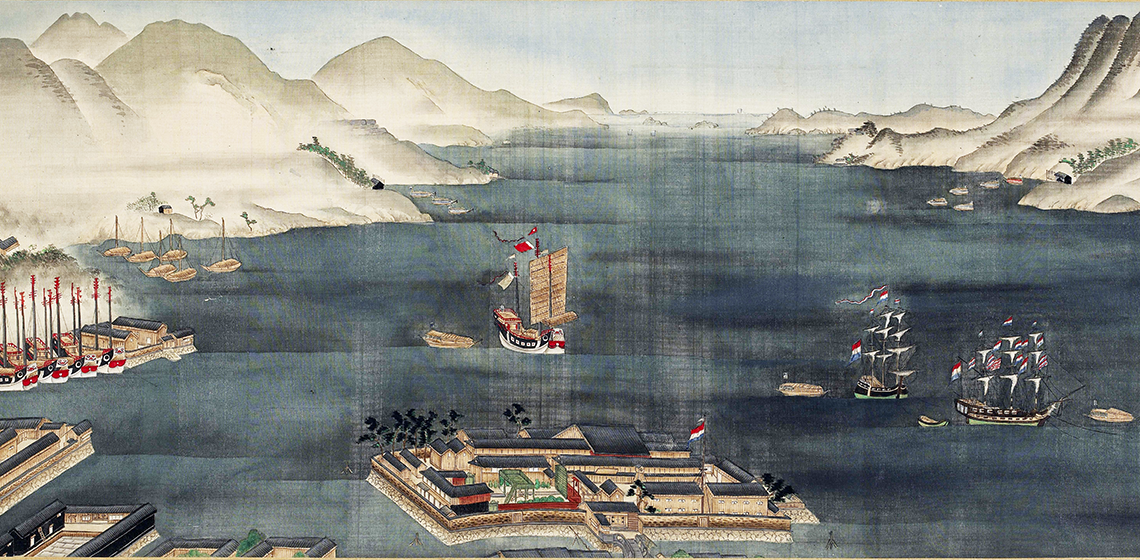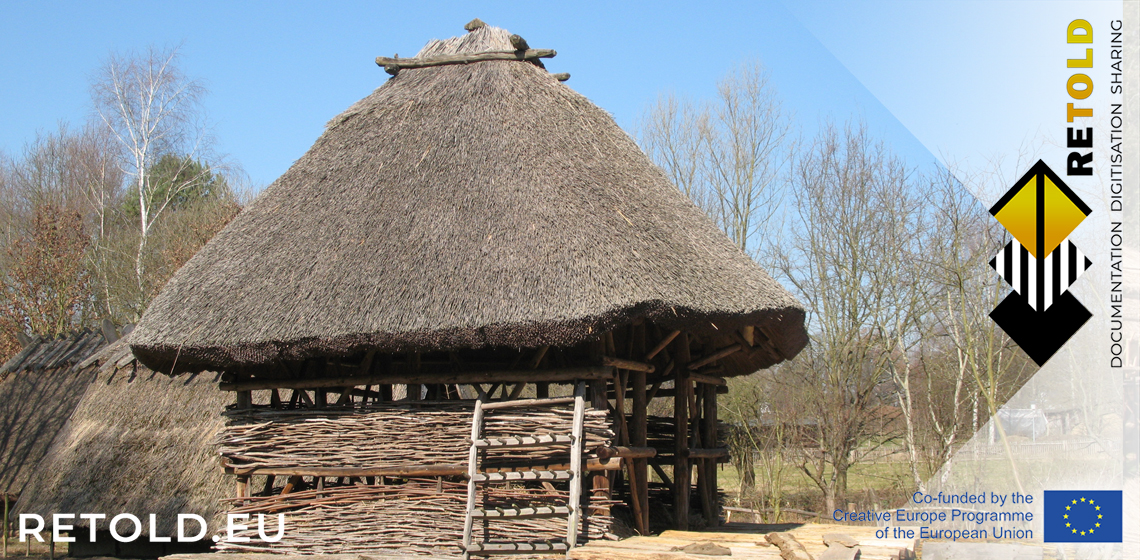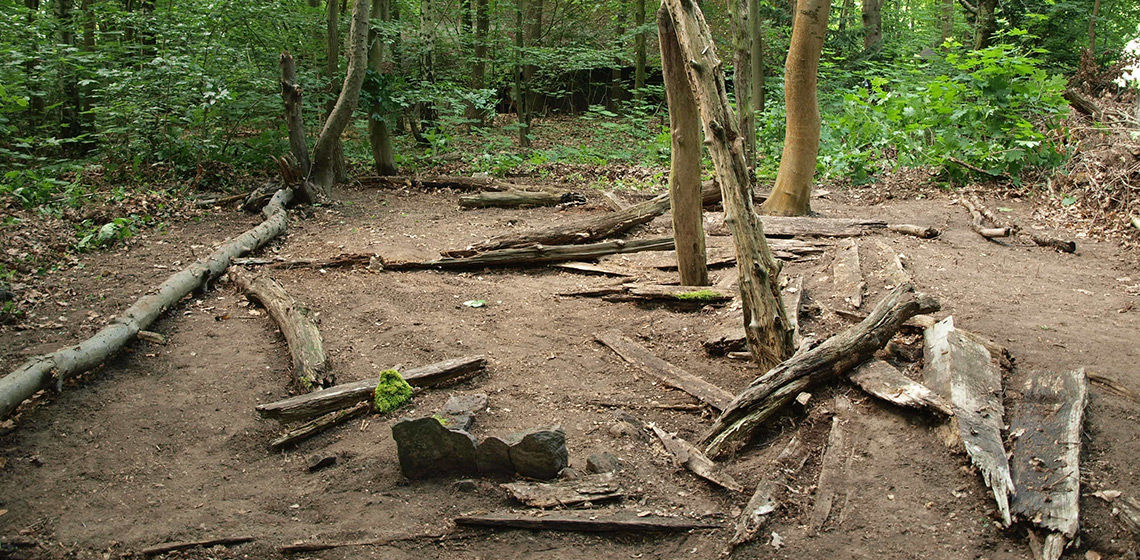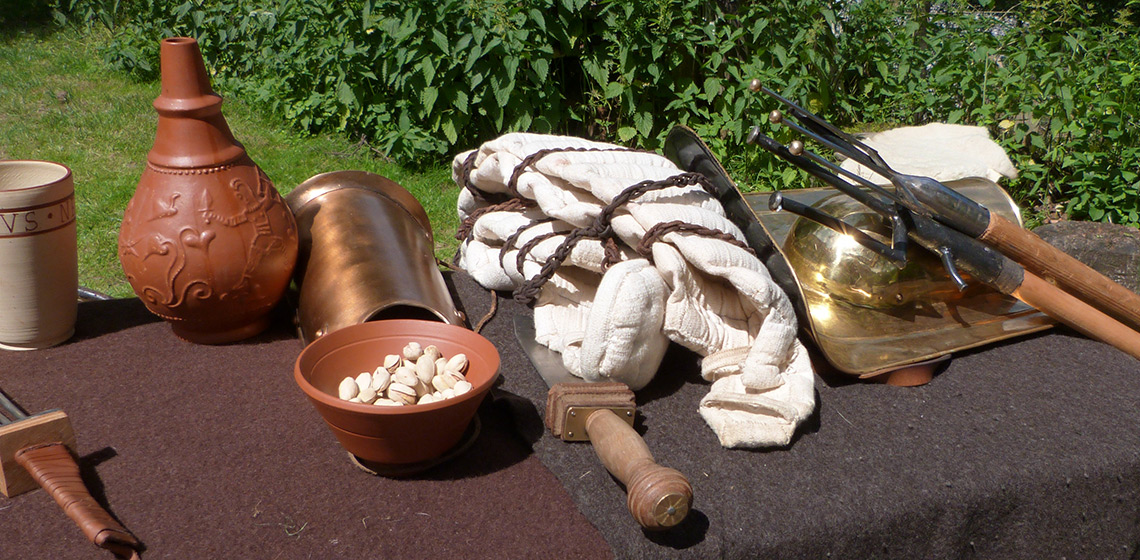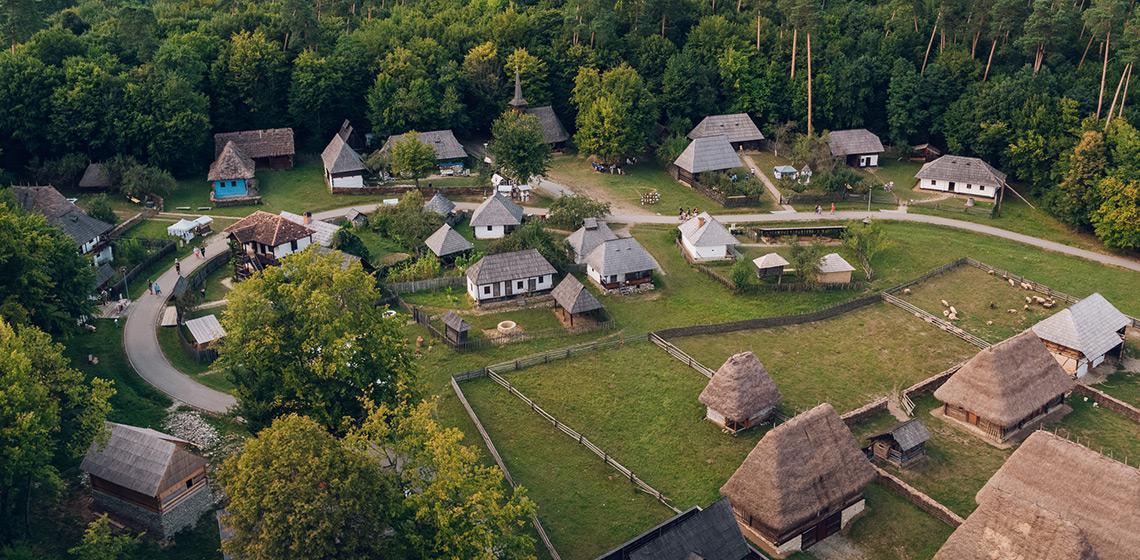Strategy of Presenting Prehistoric Sites Like an Open-air Stand. Why and How and from a Sustainable Development Perspective
Introduction
One of the heritage resources of prehistoric sites, where prehistory is a diverse and wide-ranging field of study, appears as the triple determination between geography and climate, humans and their type of social organisation. Prehistory has bequeathed us evocative monuments and landscapes from the earliest human occupation, spanning enormous environmental and technological changes, and including several human species. Thus, prehistoric sites have great meaning in both natural and cultural history.

